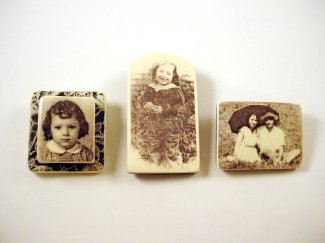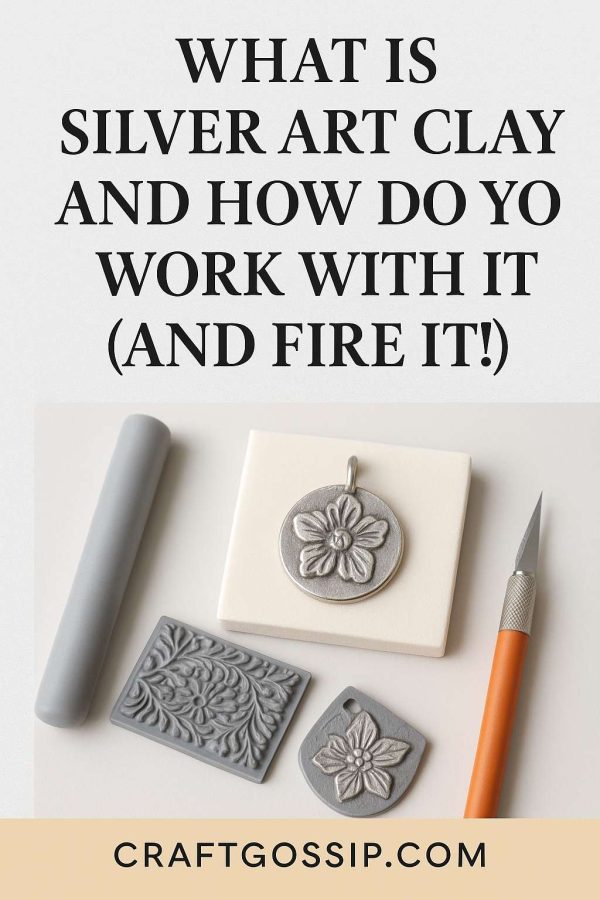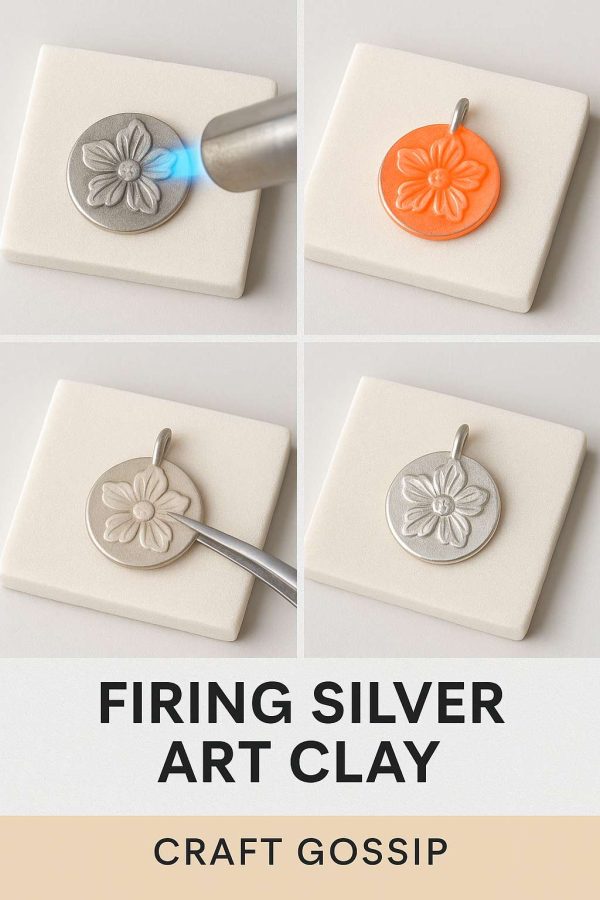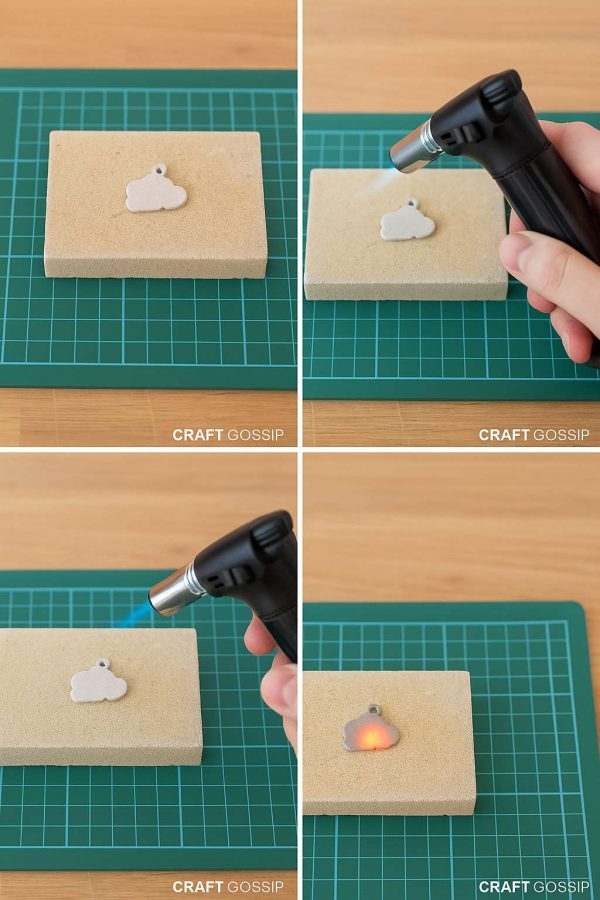
We’ve had several letters and comments, requesting an easy way to do image transfers. Well, we opened up the mailbag, and found a glowing recommendation to share with our readers! Here’s the letter:
My friends and fellow PCAGOE (Polymer Clay Artists Guild Of Etsy) members, Ilysa Bierer and Kira Slye sell it at their website at www.polymerclayproductions.com and it is the easiest way to transfer images to polymer clay ever!
The paper is for use with laser printers only. You print your image from a laser printer, burnish it to the raw, conditioned clay and then soak in water for a couple of minutes. The paper dissolves, leaving the image in all its glorious color on the clay. Or, you can burnish and bake the paper right on the clay and then run it under water. The paper still dissolves, leaving your image intact.
Here are a few examples of what I’ve done with the MTP. Ilysa and Kira will send you a sample to try if you contact them. I buy it by the 20 page pack about once a month. I will never go back to agonizing over messy, goopy liquid clay, decal type, or filmy residues again!



Gorgeous work, absolutely love the antiqued look. Beautiful!
If you would like to add another super easy image transfer technique to your list, Valarie Aharoni came up with a great way to print on parchment baking paper using either a laser printer or an inkjet printer.
The cool thing about it, is that you can just get the paper at Costco, it is dirt cheap for miles of it and you just lay it on the clay and peel it back off to get a great transfer!
There has been a lot of excitement over the technique. My name is linked to a post about Valerie and her technique with a bunch of discussion and ideas for how to do it if you want more info.
I am in the dark about transfers, but I want to learn. If I have a black and white photo…tell me in baby steps the next steps…I know nothing about laser jet printers….HELP!!!!!
I was just wondering did I miss the type of paper you should use? I’m sorry, what does burnish mean. I really new at using the polymer clay.
Hi Celia! I didn’t write or post that review – a predecessor did – but they still sell the product, which is a wash away transfer paper they call Magic Transfer Paper. It’s great stuff and I can vouch for it and a similar (identical?) product by Judikins available at http://www.stampstampstamp.com call Tranzit laser paper. They’re both the absolute simplest method I’ve ever used to do transfers on polymer clay.